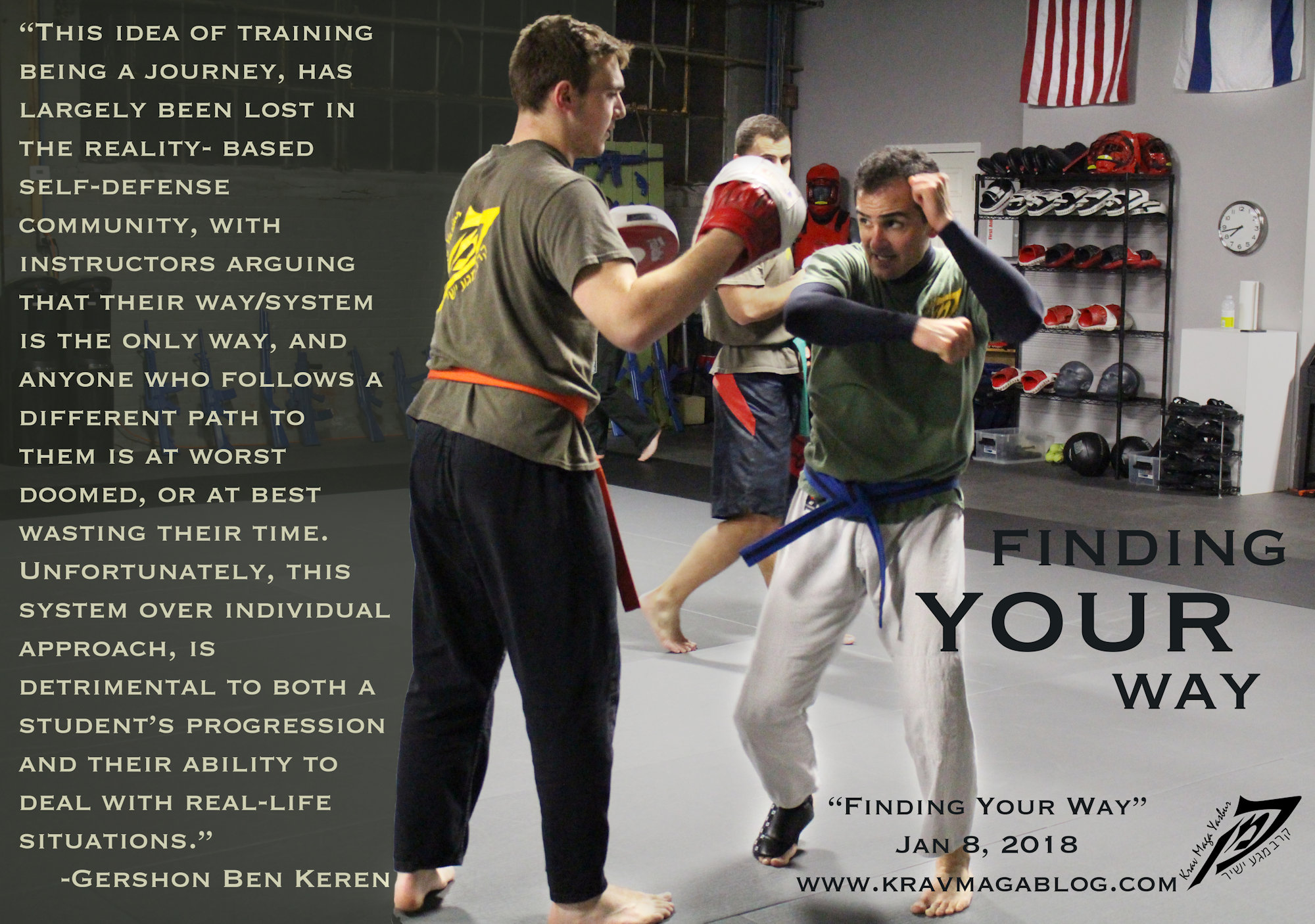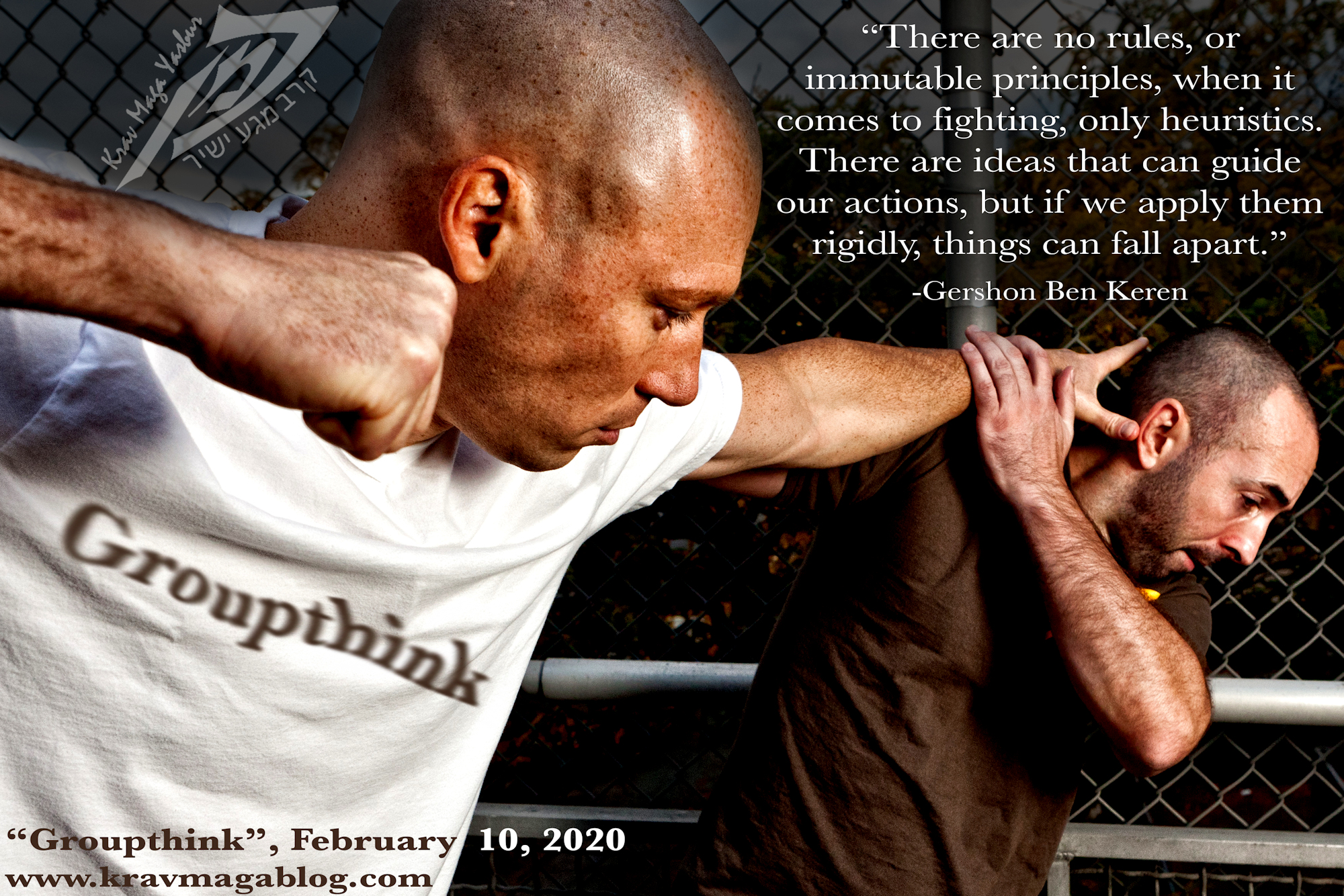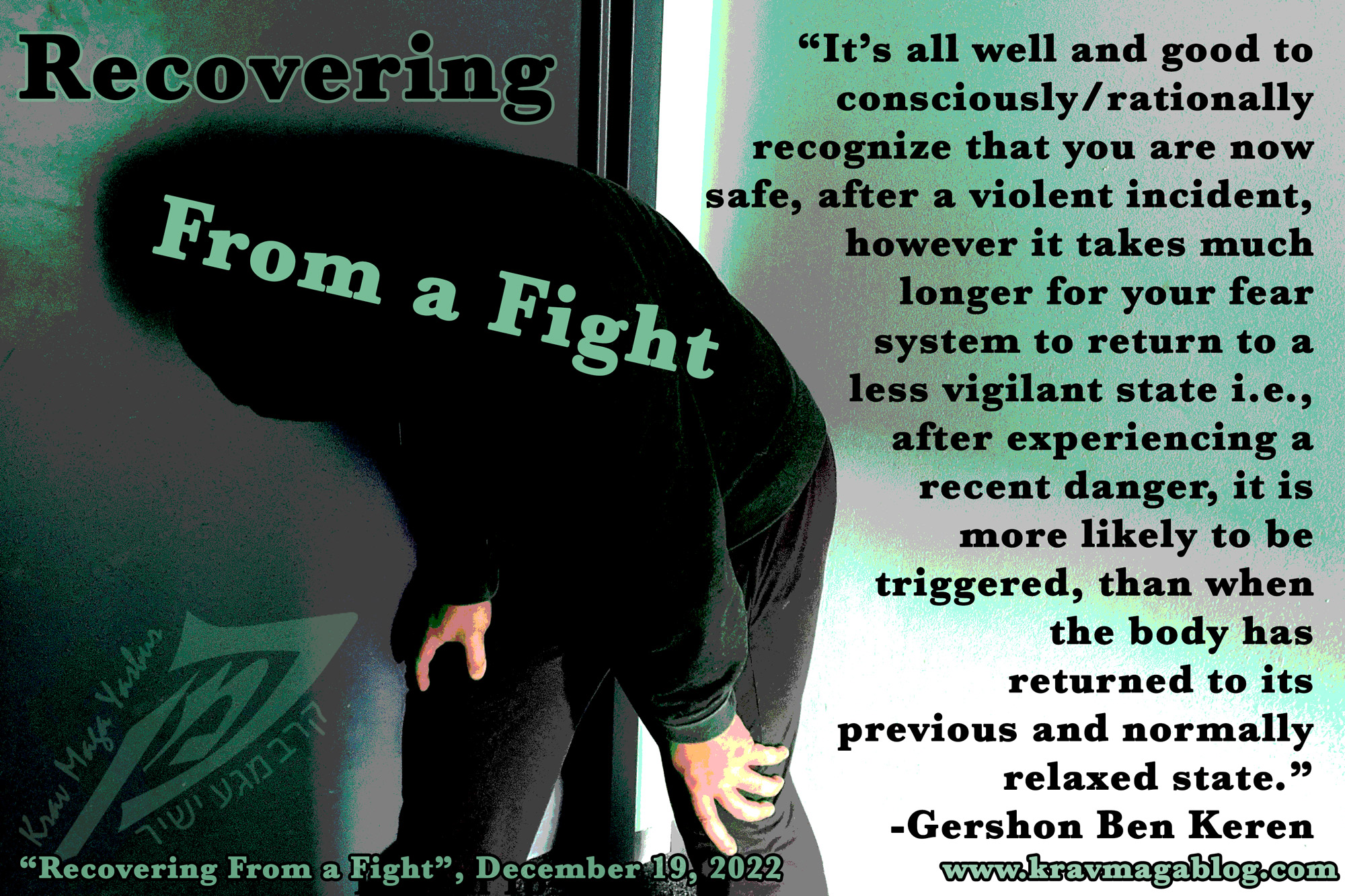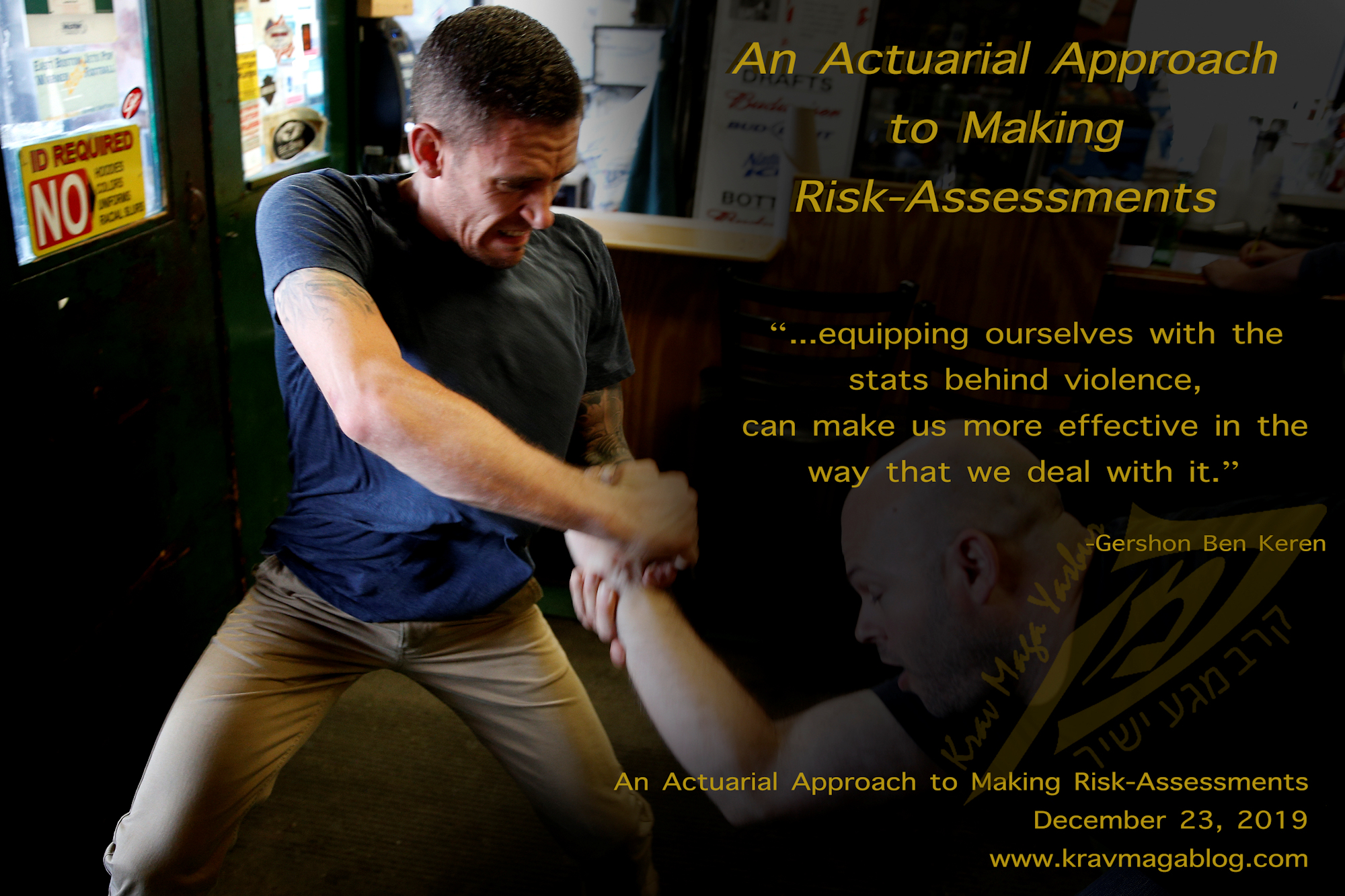An Actuarial Approach to Making Risk Assessments, is an article written by Gershon Ben Keren, a 5th Degree Black Belt in Krav Maga, who teaches Krav Maga in Boston, MA. He has also authored three Amazon best-Selling Books on Krav Maga.
Wearing your seat belt can get you killed. If you find yourself in a burning or submerging vehicle, the seconds spent trying to unbuckle yourself might be the difference between life and death (if you do need to unbuckle in a hurry, don’t waste time searching for the release, put your hand on the belt/webbing across your chest and follow it down, with your hand, until you find the belt clip). However, auto deaths in submerged, and burning vehicles, only account for about 3% of all annual vehicular fatalities. Far more people are killed in collisions and accidents, where seat belts have been proven to save lives. Taking a look at the statistics we can collude that by-and-large, and for most situations it is better to drive wearing a seat belt, rather than not; and if you want to mitigate the risk of getting trapped by a seat belt, you can get a seat belt cutter; with most having a glass breaker attached (the glass in car windows and windscreens is incredibly tough – if you have to smash your way out, strike at the corners of the window where the glass has less flexibility, rather than at the center). When we look at the hard facts and statistics concerning risk, we are taking an actuarial approach to making a risk-assessment.
This approach isn’t always perfect e.g. when I have a choice between controlling an assailant’s arm, such as when somebody makes a double-handed lapel grab, in most cases I will choose their right arm, because most people are right-handed; this means if they release a hand to start punching, as I’m trying to gain control of them, they will be striking with their least dominant hand. Will my assumption always be correct? No, because if I’m attacked by a lefty, the statistics work against me – but if I have to make a choice I’ll go in favor of the odds; forget about cues and tells, such as identifying the hand that your attacker was using to hold their drink, etc. – that’s all good stuff for the movies but has little place in a fast-paced, dynamic violent confrontation. In such a situation you’re still better to assume the default; that you’re dealing with somebody who is right-handed. In this article, I want to look at basic actuarial risk-assessments, and why equipping ourselves with the stats behind violence, can make us more effective in the way that we deal with it.
Looking at the facts/stats, helps us to avoid moral panics and the creation of folk-devils. Most moral panics have a factual basis, however the danger/risk isn’t as prevalent as it is presented e.g. it is true that there are times when wearing a seat belt is unsafe, there are times when you’ll deal with a left-handed person – nobody can deny these things. Recently, I’ve seen a lot come up in my social media feeds concerning child abductions, and how more emphasis needs to be put on protecting children from strangers, etc. Whilst I agree that children need to be taught about the dangers that strangers pose, more importantly they need to be taught general safety protocols that can be applied to family members, and friends/associates of the family, as statistically these are the two groups that they are most at risk from; and in many cases we validate these individuals to our children e.g. when people we know talk to our children in public, we encourage them to be “polite” and to respond and talk back, etc. sending a message that these are people who can trusted – this can be the “in” that a potential abductor will use, to convince our child to get in their car, come back to their house, etc. Statistically, most child sexual abductions are committed by somebody the child knows, not a stranger, and our personal safety protocols should account for this e.g. our children should check with us before they take a ride with anyone, or go to anybody’s home, and we should be checking who will be at that home, etc. If we are serious about preventing child abductions, we should be asking these questions even if it makes us look overly cautious or creates potentially awkward social situations. If we adopt such practices, we will be dealing with stranger abductions as well.
One of the problems with statistics is that we think they apply to everyone else, but not to us e.g. it may be true that generally children are more likely to be abducted by someone they know – especially if it’s for a sexual assault – but for our children, it’s more likely to be a stranger. A research piece looked at this phenomenon by asking people a series of questions in a “mock” survey. One of the questions was “The average life-expectancy of an American is 87 years old. How long do you think you will live for?” Nobody answering put 87 or lower, everybody believed that they would out-live the average i.e. the average applies to everybody else but not to them. One of the first steps in using statistics to help inform our decisions, is in recognizing when they do and don’t apply to us – and this should be a rational rather than an emotional choice e.g. we can’t simply decide that our children are safe with our friends/associates because they seem “good” people, etc. We need better/factual and more substantial reasons than that – and an apparent disinterest in children isn’t enough, as this is often a ploy used in the grooming process.
In my time teaching personal safety and self-protection I have found that many people when they find an “exception” – such as an occasion when a victim of street robbery was punched/stabbed/shot after handing over the wallet – will use this to justify why they shouldn’t do something; such as handing over the wallet as a first step. There are some people who just want to go against the science. Most robberies/muggings involve the threat of force, not the actual use of force, to obtain resources and so compliance is by-and-large the best strategy, even if there are potential exceptions to this, when violence is intended; and that’s why you don’t “stand down” after you’ve handed your possessions over. However, building a default approach based on such outliers, isn’t an effective way to go. We need to take note of the statistics and the realities they inform us about, and have this as the starting point for our risk-mitigation strategies.
0 COMMENTS
















